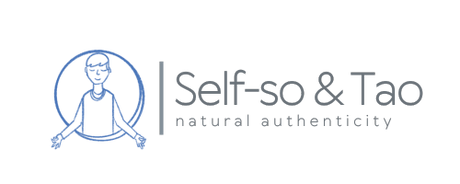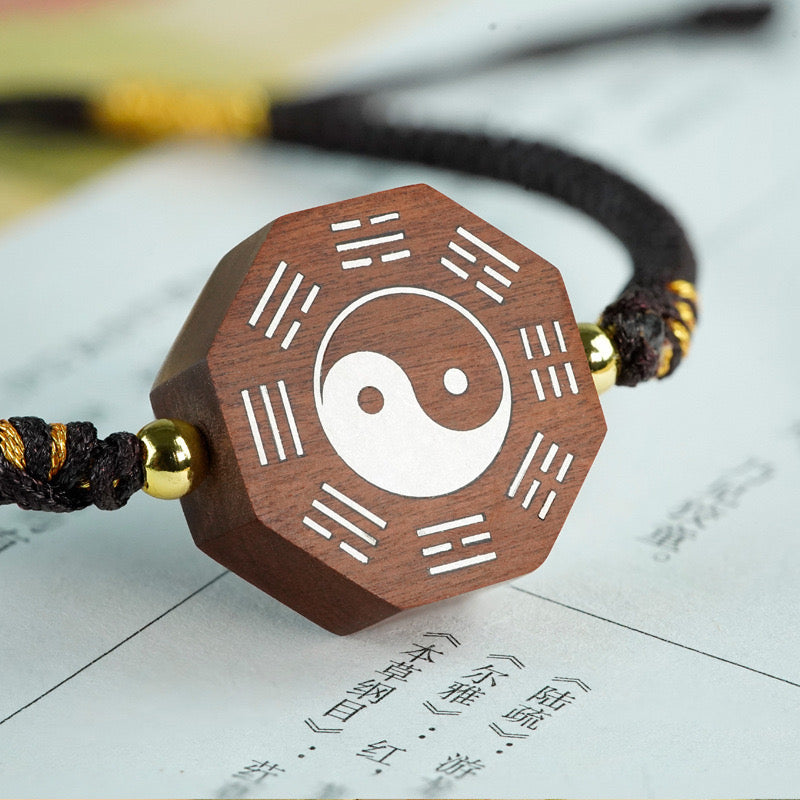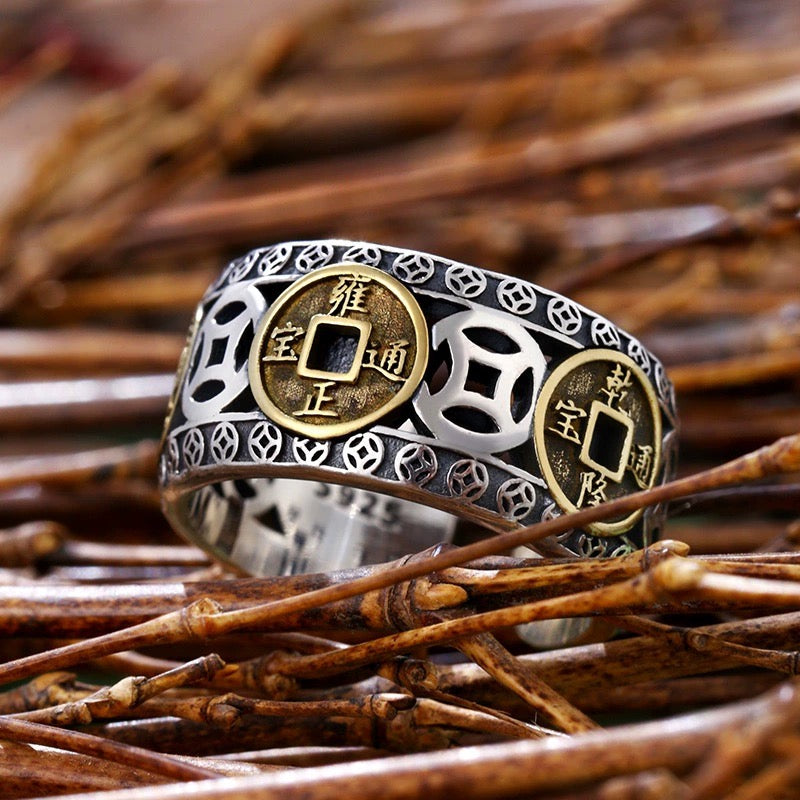Basic Content of Feng Shui
Table of Contents
Yin-Yang and Five Elements
The Yin-Yang theory posits that everything in the universe consists of two opposing forces: Yin and Yang. The Five Elements theory divides the basic components of the world into five types: wood, fire, earth, metal, and water. These elements interact through cycles of generation and control to explain natural phenomena and human affairs. Together, these theories provide a theoretical foundation for Feng Shui, making it not just a study of geography and architecture but a comprehensive discipline integrating cosmology and natural philosophy.
Orientation and Layout
Feng Shui places great importance on orientation, believing that different directions have different energy fields. The layout of homes and workplaces should be adjusted according to Feng Shui principles, such as the direction of doors, room arrangement, and furniture placement. For example, the southeast is considered a symbol of wealth, so placing important items like desks or bedrooms in this direction may bring more wealth and opportunities. By scientifically and reasonably arranging spaces, a favorable living environment conducive to health, happiness, and success can be created.
Qi
In Feng Shui, "Qi" is an invisible but perceptible energy. Feng Shui suggests that good Qi flow can bring good fortune, while poor Qi flow can bring misfortune. By adjusting the environment, Qi can be made to flow smoothly, achieving the effect of gathering and storing Qi. For instance, ventilation and lighting in a house can affect Qi flow. A well-ventilated, well-lit house is usually considered to have good Qi flow, which helps improve the health and mood of the occupants.
Dragon Veins and Water Methods
In Feng Shui, dragon veins refer to geographic features like mountain ranges and water flows, which are carriers of Earth Qi. Feng Shui masters observe the direction of dragon veins to determine the auspiciousness of a place. Water methods refer to the flow and distribution of water. Water holds great importance in Feng Shui because it can gather Qi; favorable water flows can bring prosperous Qi. Therefore, when selecting a house or building, proximity to rivers, lakes, or other water sources is often considered.
Feng Shui Compass
The Feng Shui compass, or Luo Pan, is a tool used by Feng Shui practitioners to measure orientation and gather geographic information. It contains extensive Feng Shui information, such as the twenty-four mountains, heavenly stems and earthly branches, and the eight trigrams. Using the compass, practitioners can accurately determine the orientation of a location and perform detailed Feng Shui analysis and layout adjustments.
Modern Application and Controversy of Feng Shui
Feng Shui was widely applied in ancient China in fields like architecture, burial, and urban planning. Modern Feng Shui continues to evolve, and many people still believe in and practice Feng Shui to improve their lives and fortunes. However, Feng Shui remains controversial in the scientific community, with many viewing it as a cultural belief or folk tradition.
Regardless, Feng Shui, as an ancient wisdom, offers a unique perspective and approach to interacting with the natural environment. It reminds us to live in harmony with nature and consider the impact of our surroundings on our lives, thereby pursuing a happier and more fulfilling life.
Conclusion
Feng Shui is not just a traditional cultural belief but a wisdom about the harmonious coexistence of humans and nature. By understanding and applying Feng Shui principles, we can find more balance and happiness in modern life. Whether to improve health, enhance family harmony, or boost career success, Feng Shui offers a method and path worth exploring.





Leave a comment